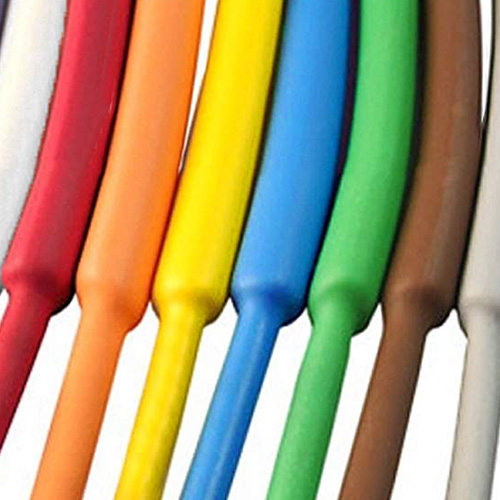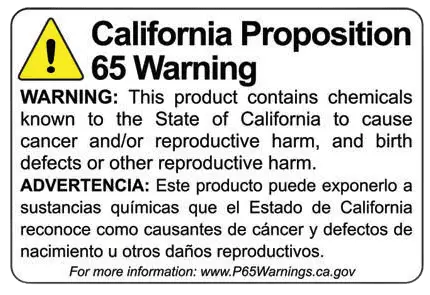 Heat shrink shapes are specialized thermoplastic components designed to provide protection, insulation, and reinforcement for a variety of industrial applications. Unlike traditional heat shrink tubing, which is commonly used for wire insulation, heat shrink shapes are pre-formed components that adapt to specific structures when exposed to heat. These products serve industries such as aerospace, automotive, telecommunications, and manufacturing, ensuring durability and performance in demanding environments.
Heat shrink shapes are specialized thermoplastic components designed to provide protection, insulation, and reinforcement for a variety of industrial applications. Unlike traditional heat shrink tubing, which is commonly used for wire insulation, heat shrink shapes are pre-formed components that adapt to specific structures when exposed to heat. These products serve industries such as aerospace, automotive, telecommunications, and manufacturing, ensuring durability and performance in demanding environments.
Types of Heat Shrink Shapes
- Heat Shrink Boots
- Used to seal and protect cable terminations, connectors, and junctions.
- Available in various styles, including right-angle and straight boots.
- Common in military, aerospace, and industrial applications.
- Heat Shrink Caps
- Provide an insulating and protective seal over cable ends and unused connectors.
- Prevent moisture ingress and environmental damage.
- Ideal for telecommunications and electrical systems.
- Heat Shrink Molded Parts
- Custom-shaped heat shrink components designed for complex applications.
- Used in wire harnesses, automotive electronics, and military-grade installations.
- Heat Shrink Sleeves and Wraps
- Provide a durable layer of protection over pipes, rods, and structural components.
- Used for mechanical reinforcement and corrosion resistance.
- Heat Shrink Bus Bar Tubing
- Specialized tubing designed to insulate and protect electrical bus bars.
- Reduces risk of electrical faults and improves safety in power distribution systems.
Applications of Heat Shrink Shapes
- Aerospace & Defense: Used for cable protection, wire splicing, and connector strain relief in extreme environments.
- Automotive & Transportation: Insulates and safeguards wiring systems in vehicles and heavy machinery.
- Telecommunications: Protects fiber optic and copper cables from moisture and abrasion.
- Medical & Electronics: Provides strain relief and insulation for sensitive electrical components.
- Oil & Gas: Ensures corrosion resistance and mechanical durability in harsh environments.
Choosing the Right Heat Shrink Shape
When selecting a heat shrink shape, consider the following factors:
- Material Composition: Options include polyolefin, fluoropolymers, and elastomers for varying levels of flexibility and resistance.
- Shrink Ratio: The percentage reduction in size when heat is applied.
- Temperature & Environmental Conditions: Consider exposure to chemicals, UV radiation, and extreme temperatures.
- Size & Fit: Ensure the component fits securely around the target structure after shrinking.
Conclusion
Heat shrink shapes offer a tailored solution for protecting and reinforcing critical components in industrial applications. Their versatility, durability, and reliability make them an essential tool across multiple industries, ensuring optimal performance in even the most challenging environments.


